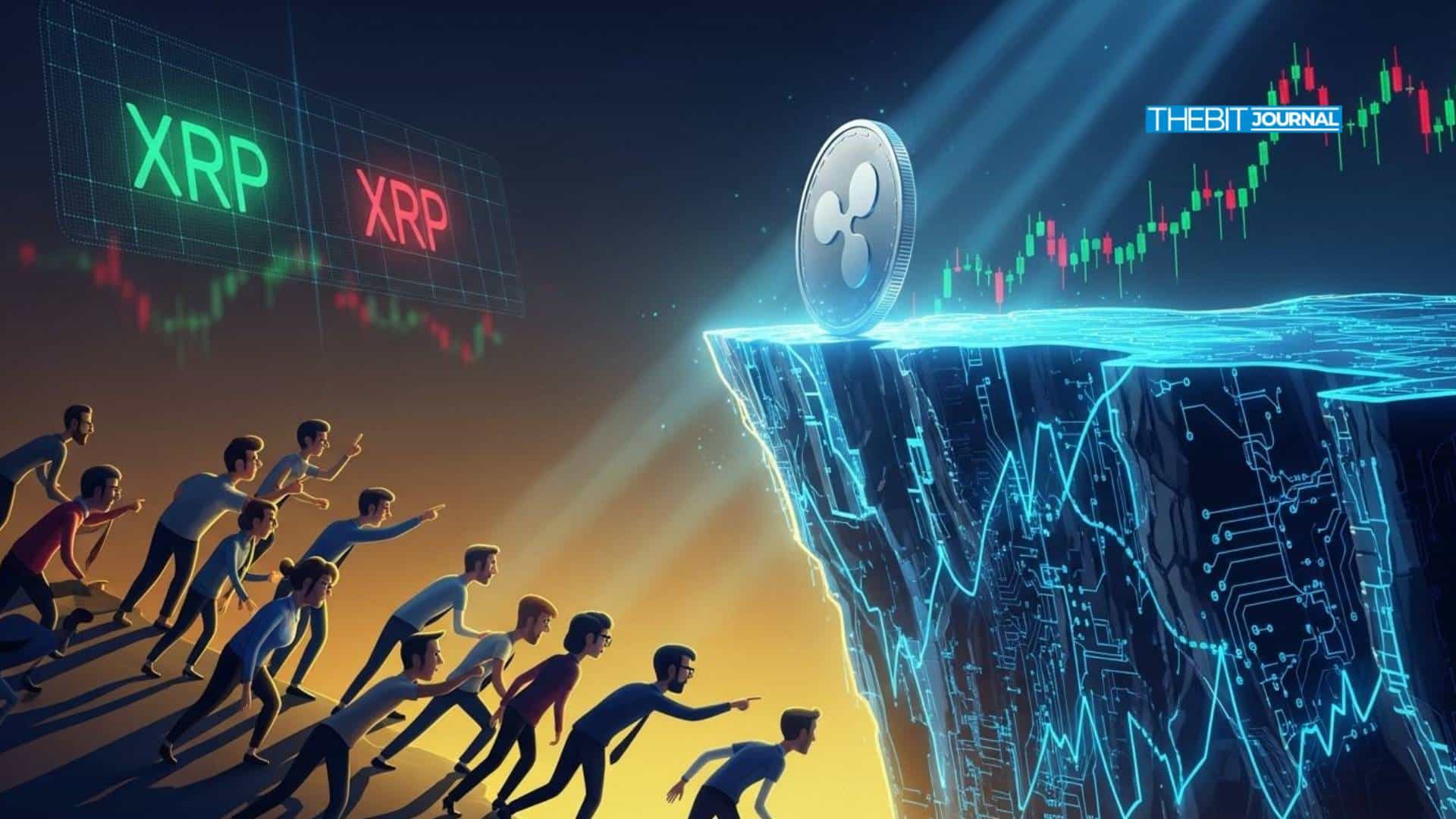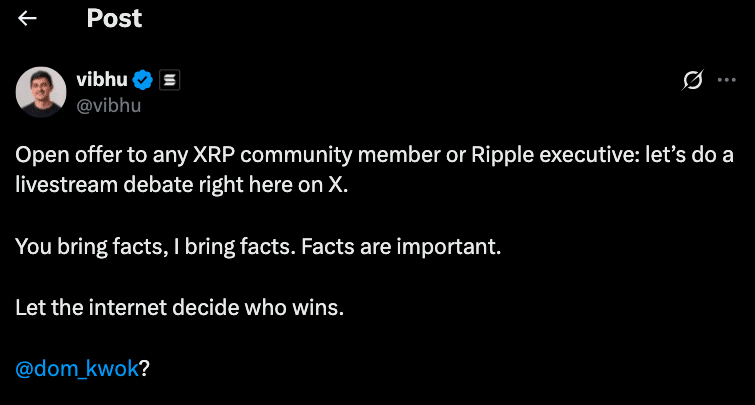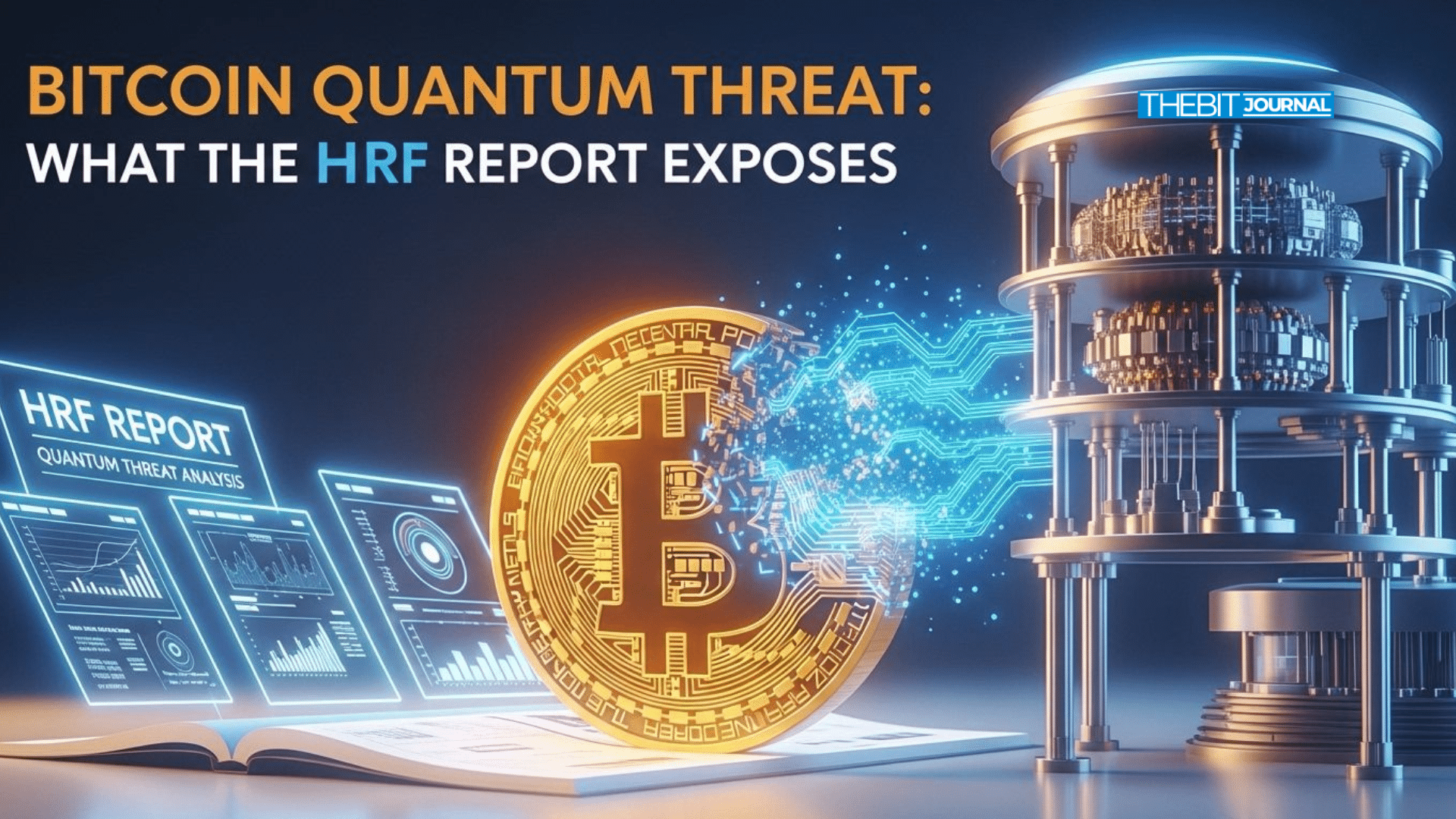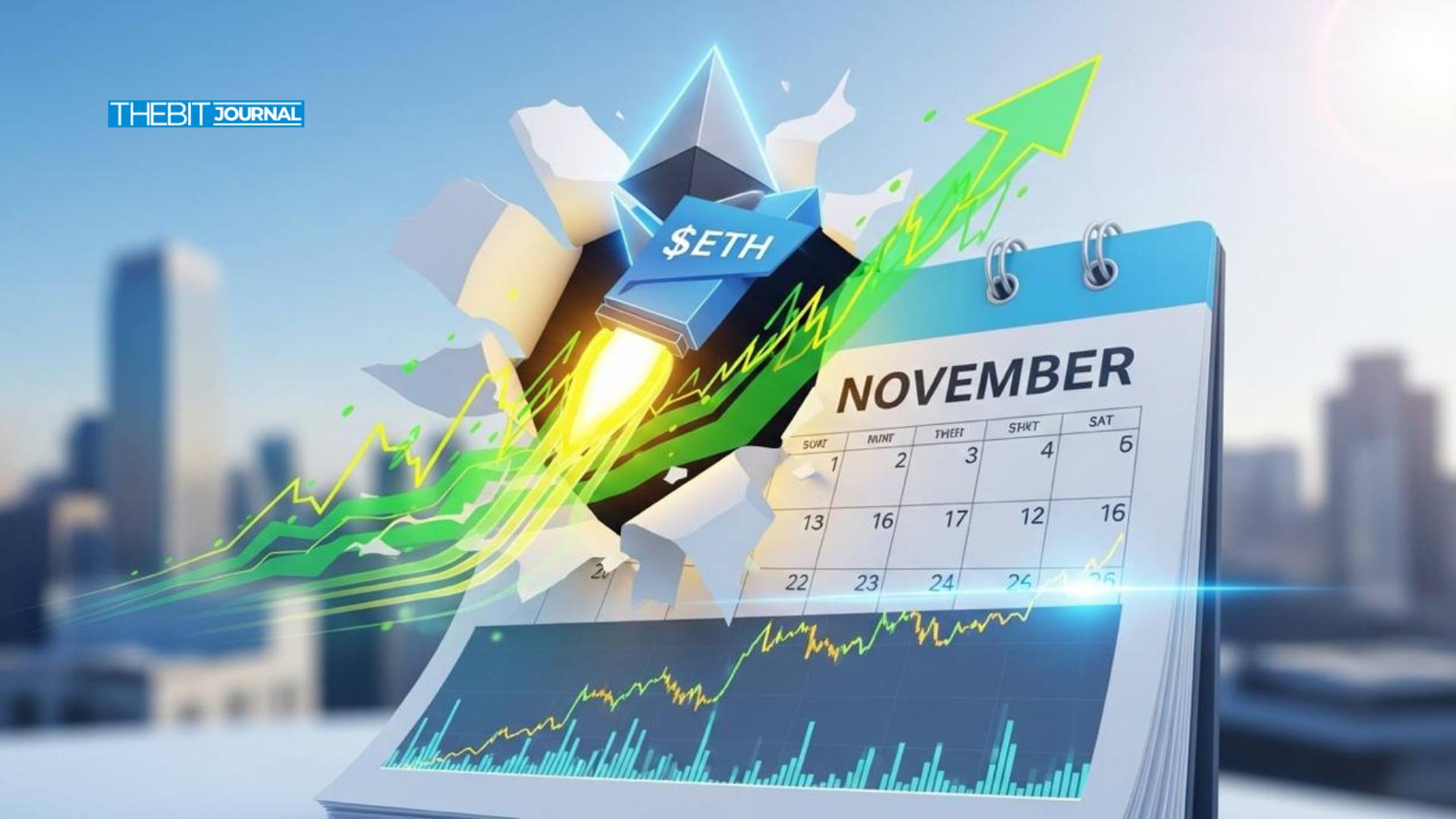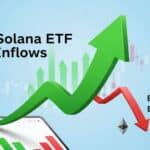XRP on the Edge as Analysts Split on $3.00 or $2.00 Targets
This article was first published on The Bit Journal.
Latest market updates show $XRP is trading around a critical decision point. According to recent analysis, $XRP is supposedly due for a major breakout zone, while some analysts say failure to hold support could lead to a deeper drop.
With regulatory clarity improving, institutional interest growing, and on-chain accumulation rising, but recent crypto market liquidations stalling breakout, the question has never been more urgent: is the next move up or down?
Price Levels, Accumulation and Technical Set-Up
Recent analysis notes $XRP is still some percent below a key breakout zone, which is around $2.22 to $2.54, where on-chain supply clusters show heavy accumulation. Though $XRP dropped about 7% due to recent market winds, sources say, yet trading volume nearly doubled recently, interpreted as whales preparing for the next move.
Sources report that $XRP is now in a tightening triangle.
Meanwhile, Changelly’s price-forecast shows a predicted average price of about $2.53 for November, with a range up to $2.71, based on market conditions.
In short; $XRP is in a consolidation zone, accumulation is ready; but the breakout or breakdown is also imminent.
Expert Forecasts: Latest Predictions for XRP Price Prediction
Here are some of the most recent forecasts for the XRP price prediction:
| Source | Forecast Period | Prediction |
| CoinCodex | November 2025 | Avg $2.43; range $2.29-$2.65 |
| Crypto.News | Mid-term | Target up to $3.30 if breakout above $2.70 |
| Finder panel | End 2025 | $2.80 average |
| Benzinga | 2025 | Range $2.05 to $5.81
Depending on adoption and conditions |
These forecasts show a clustered base expectation around the $2.30-$2.70 range, with bullish upside hinging on breakout events. The XRP price prediction is therefore conditional, unless key catalysts arrive, the more conservative outcomes could dominate.
Bull, Base and Bear Cases for XRP Price Prediction
In the bull scenario for XRP price prediction, $XRP clears the major resistance zone around $2.70 to $2.80 with big volume and institutional backing via ETF flows or higher payments/institutional adoption.
As multiple analyses say; a breakout above $2.70 could target $3.00 to $3.30 in the near term. Continued accumulation by wallets, improved sentiment and regulatory clarity would amplify this path.
The base case for XRP price prediction sees $XRP holding the consolidation zone between $2.30 and $2.60. Volume is flat or moderate, regulatory progress is incremental and no major breakout happens.
In this scenario; $XRP may drift to the upper bound of this range ($2.60) by year-end, maybe $3.00 if momentum picks up but without acceleration.
For the bear case in XRP price prediction, failure to reclaim key demand levels (e.g. the $2.30 floor) combined with weak volume or external negative catalysts like macro pull-back, regulatory setbacks could push $XRP down to the $2.00 to $2.20 range or lower.
Some technical analysis recently warned of downside to $2.00 and even $1.25 if breakdown accelerates.
Hence, analysts say XRP price prediction depends on which scenario plays out, and the market is at a fork.
Catalysts and Drivers Behind XRP Price Prediction
Heavy accumulation between $2.52-$2.54 means these levels could be a demand zone. Despite the recent dip, volume almost doubled. Technicals show a tightening triangle with a breakout zone at $2.70.
Clarity on the regulatory environment e.g. XRP ETFs; and institutional interest are big upside catalysts. Experts believe if volume and institutional flows increase; a breakout above $2.70 could target $3.00-$3.30
XRP is also influenced by broader crypto-market dynamics like Bitcoin; risk appetite in markets, macro policy e.g. rate decisions).
As mentioned, $2.30-$2.35 must hold for bullish scenarios; as $2.70-$2.80 is the big hurdle. If $XRP can get above this, the XRP price prediction looks bullish.
Conclusion: What to Watch
A sustained move above $2.70 with high volume and that could flip the X$RP price prediction bullish. If $2.30-$2.35 fails, the bear case becomes more likely and the XRP price prediction will drop.
Rising volume, large wallet accumulation or institutional product announcements are essential for bullish outcomes.
Any positive regulatory news could re-rate XRP and the XRP price prediction.
If the broader crypto market strengthens (e.g. Bitcoin breakout), XRP will benefit; if crypto risk-off, $XRP would also take hits.
The expert forecasts cluster around a base channel of $2.30-$2.60 and upside to $$3.00-$3.30 if the catalysts happen. If support fails and volume is low, $XRP could go to $2.00 or lower. The next few weeks will be crucial to see if the $XRP price prediction will go bullish or back into consolidation or down.
Glossary
Breakout zone: A price area above resistance’ where a big move can happen if broken with conviction.
Support/Resistance levels: Price ranges where buying (support) or selling (resistance) tends to happen; which affects future price action.
On-chain metrics: Blockchain derived data such as accumulation clusters; wallet behavior and transaction volume to gauge network sentiment.
Institutional flows: Capital from large, professional investors (e.g. funds; institutions) entering an asset; often used as a signal of adoption and credibility.
Accumulation zone: A price range where a lot of tokens are sitting or being accumulated; indicating stronger buying interest.
Frequently Asked Questions About XRP Price Prediction
What is the support in the XRP price prediction?
The key support is roughly $2.30 to $2.35 which many think is the launchpad for any bullish move.
What would validate the bullish scenario in the XRP price prediction?
A sustained breakout above $2.70 with increasing volume and institutional participation would validate the bullish case.
What is the immediate downside risk in the XRP price prediction?
If XRP fails to hold support and drops below $2.30 it could go to $2.00 depending on the market.
Are there long term growth targets in the XRP price prediction?
Some think targets up to $3.00-$3.30 in the near term and higher in a full breakout scenario if regulatory and institutional catalysts arrive.
Read More: XRP on the Edge as Analysts Split on $3.00 or $2.00 Targets">XRP on the Edge as Analysts Split on $3.00 or $2.00 Targets

